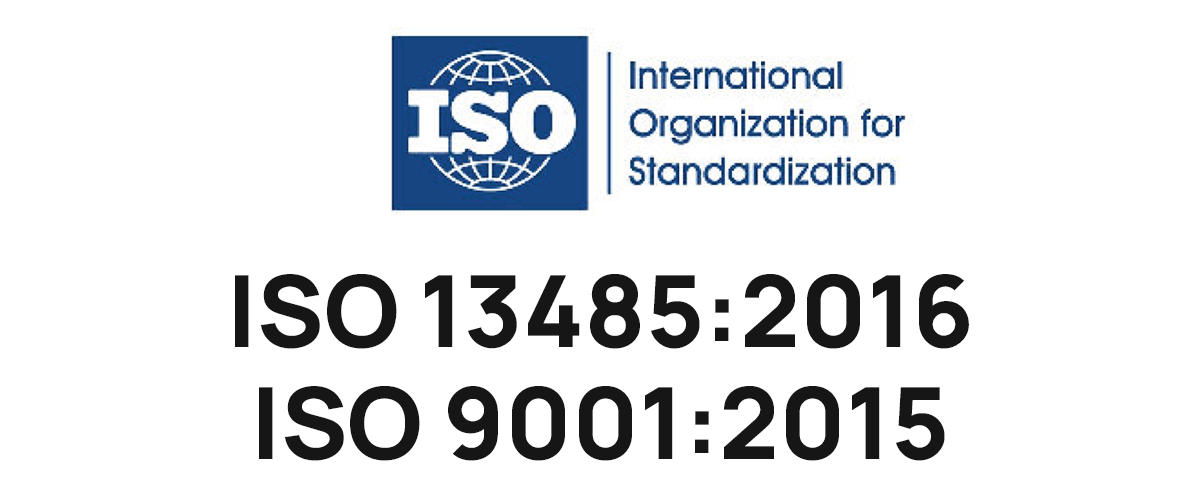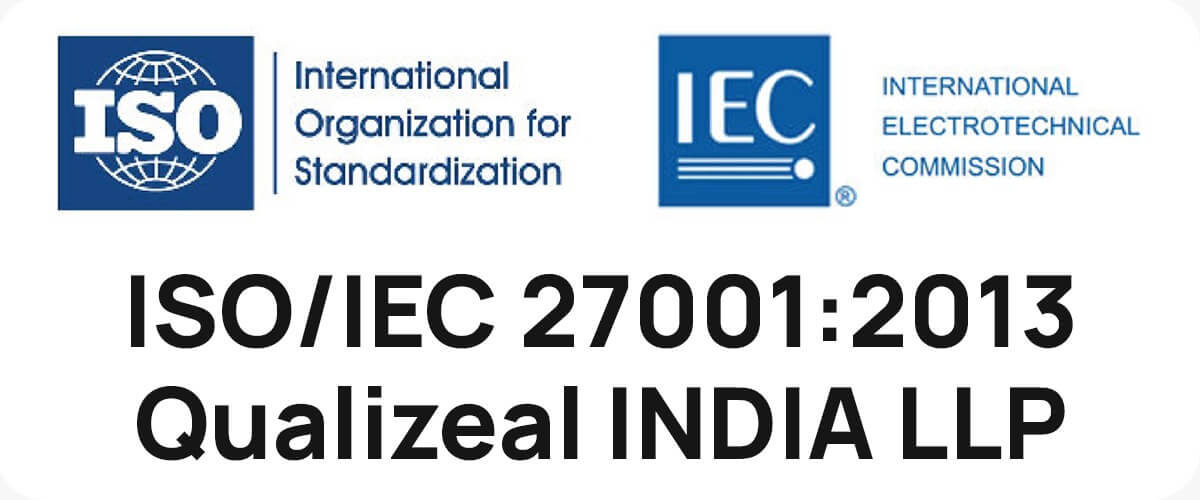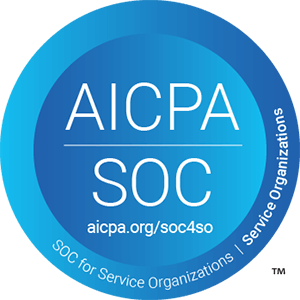In today’s fast-paced digital world, ensuring the reliability and performance of software systems is more critical than ever. This is where Site Reliability Engineering (SRE) comes into play. If you’re new to the field or simply curious about how it differs from other methodologies like DevOps, this guide will walk you through the essentials of SRE, its key principles, and how it stands apart from traditional DevOps practices.

What is Site Reliability Engineering?
Site Reliability Engineering (SRE) is a discipline that incorporates aspects of software engineering and applies them to infrastructure and operations problems. The primary goal is to create scalable and highly reliable software systems. The term “Site Reliability Engineering” was coined by Google, which was one of the first companies to formalize this approach. Over the years, SRE has evolved into a widely recognized and adopted methodology. Site reliability engineers maintain and develop the tools needed to manage any company’s digital infrastructure.
The engineering aspect of Site Reliability Engineering (SRE) focuses on addressing a variety of challenges, including:
- Maintaining System Reliability: How can we ensure that our systems remain operational and dependable at all times?
- Problem Detection: What methods should we use to identify issues that require SRE intervention?
- Automated Failover: How can we design our systems to automatically switch over in the event of hardware failure or a zone outage?
- Disaster Recovery Assurance: How can we verify that our disaster recovery plans, including backups, are effective?
- Disaster Response: What steps should we take when facing a major disaster?
- Immediate Mitigation and Prevention: When the system fails, how can we address the issue promptly and prevent it from recurring?
- Diagnostic Tools: How can we develop tools to quickly identify and understand the root causes of system failures?
- Safe System Changes: What processes should we follow to implement changes to our systems safely?
- Change Management: How should we approve changes, and what is the appropriate speed for rolling them out?
- Reversing Bad Changes: How can we stop or reverse a problematic change if it occurs?
- Detecting Faulty Changes: What strategies can we use to identify a bad change after it has been made?
- Preventing Faulty Changes: How can we detect and address potential issues with a change before it is deployed to production?
These focus areas help SRE teams address key aspects of system reliability and performance, ensuring robust and resilient operations.

Key Principles of SRE
At its core, SRE focuses on a few key principles that differentiate it from other engineering practices:
Emphasis on Reliability
SRE aims to keep systems reliable and available, ensuring that users have a seamless experience. This involves setting Service Level Objectives (SLOs) and Service Level Indicators (SLIs) to measure system performance and reliability. These metrics help teams understand how well the system is meeting user needs.
Error Budgets
One of the unique aspects of SRE is the concept of error budgets. This is a balance between the need for reliability and the desire for rapid feature development. By defining an acceptable level of unreliability (the error budget), SRE teams can make data-driven decisions about how much risk to take on in favor of new features or improvements.
Automation and Efficiency
SRE emphasizes automating repetitive tasks to reduce manual effort and human error. This automation helps teams focus on higher-value activities and improvements. Tools and practices around automation are central to SRE’s philosophy.
Blameless Postmortems
When incidents occur, SRE promotes a blameless culture. The goal is to understand what went wrong and how to prevent similar issues in the future, rather than placing blame on individuals. This approach encourages transparency and continuous learning.
Reduce Toil
SRE reduces toil by minimizing errors, streamlining repetitive or ambiguous processes, and reducing unnecessary effort involved with certain manual practices. Automation also plays a key role in this process. According to the Google SRE Handbook, SRE should spend at least 50% of their time on engineering projects that reduce toil or add new features.
Embrace Risk
Another important principle of SRE is reducing risk by acknowledging that failures, setbacks, and risks are inevitable. SREs understand that potential failures carry huge associated costs. Improving the reliability of targets, performance, and standardization are some of the practices SREs undertake in this regard.

The Site Reliability Engineering Handbook
For those interested in delving deeper into SRE, the Site Reliability Engineering Handbook is an invaluable resource. Written by Google engineers, this book provides comprehensive insights into the principles and practices of SRE. It covers everything from the foundational concepts of reliability and monitoring to advanced topics like capacity planning and incident management. If you’re serious about learning SRE, this handbook is a must-read. It offers practical advice, real-world case studies, and detailed explanations that can help both beginners and experienced professionals.
Site Reliability vs. DevOps
A common question that arises when discussing SRE is how it differs from DevOps. While both SRE and DevOps share the goal of improving the reliability and efficiency of software delivery, they approach it from different angles.
Focus and Goals
SRE: The primary focus of SRE is on reliability and availability. It involves defining and measuring service levels, managing error budgets, and automating operations to maintain system reliability.
DevOps: DevOps aims to bridge the gap between development and operations teams, fostering a culture of collaboration and continuous delivery. Its goals include faster deployment cycles, improved deployment quality, and better integration between development and operations.
Role of Engineers
SRE: Site Reliability Engineers are tasked with maintaining and improving the reliability of systems. Their work often involves writing code to automate operations tasks, monitoring system performance, and handling incidents.
DevOps: DevOps Engineers work to streamline the development and deployment processes. They focus on creating and maintaining CI/CD pipelines, automating infrastructure provisioning, and ensuring smooth collaboration between development and operations teams.
Metrics and Measurement
SRE: SRE relies heavily on metrics like SLIs, SLOs, and error budgets to guide decisions and ensure system reliability.
DevOps: While DevOps also uses metrics, it often focuses more on deployment frequency, lead time, and mean time to recovery (MTTR) to measure success.

Implementing SRE in Your Organization
Implementing SRE in your organization can have significant advantages. As Google’s own SRE Andrew Widdowson describes it, “Our work is like being a part of the world’s most intense pit crew. We change the tires of a race car as it’s going 100mph.” If you’re considering implementing SRE practices in your organization, here are some steps to get started:
Understand Your Needs
Assess your current systems and operations to understand where SRE can add value. Identify key reliability goals and areas where automation can help. This will help chart your projected growth, trajectory, and display where your organization is unique.
Define SLIs and SLOs
Start by defining Service Level Indicators (SLIs) that reflect the key aspects of your service’s reliability. Then, set Service Level Objectives (SLOs) that specify the target reliability levels you aim to achieve. This will help prevent and predict performance issues to ensure consistent optimization.
Establish Error Budgets
Determine an acceptable level of unreliability (the error budget) that balances risk and innovation. Use this budget to make informed decisions about feature development and operational improvements. Automating routine tasks and reducing the need for unnecessary resources can also contribute to this.
Foster a Blameless Culture
Create an environment where incidents are viewed as learning opportunities rather than opportunities for blame. Encourage open discussions and focus on finding solutions and improvements. This also increases collaboration and fosters open discussions with teams.
Invest in Automation
Identify repetitive tasks that can be automated to improve efficiency and reduce manual errors. Implement tools and practices that support automation and streamline operations.
Educate Your Team
Provide training and resources to help your team understand and adopt SRE practices. The Site Reliability Engineering Handbook is an excellent resource for gaining deeper insights. Holding regular training and knowledge sessions can help.

Conclusion
Site Reliability Engineering is a powerful approach to managing and improving system reliability. By focusing on key principles like reliability, error budgets, and automation, SRE provides a structured way to ensure that systems remain performant and resilient. While it shares some goals with DevOps, SRE offers a distinct methodology with its own set of practices and metrics. If you’re looking to dive into SRE, the Site Reliability Engineering Handbook is an essential resource to guide your journey. Embracing SRE can lead to more reliable systems, better collaboration, and a more effective approach to managing complex software environments.
QualiZeal’s Site Reliability Engineering services can enhance system reliability, optimize performance, and reduce downtime, leading to greater operational efficiency and improved customer satisfaction. For a free consultation, reach out to us today.












